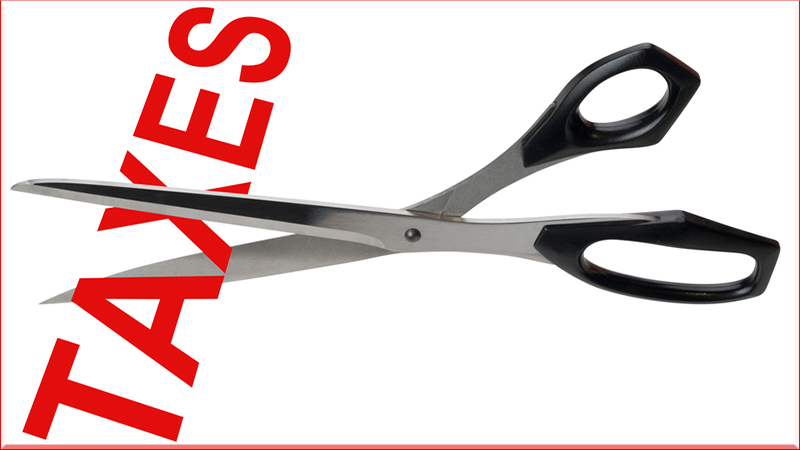Kerby Anderson
Do tax cuts lead to lower tax revenues? That’s what liberals proclaim any time conservative politicians attempt to cut taxes. Last year, that’s what Democratic leaders predicted would happen when President Trump and the Republican leadership in Congress pushed through tax cut legislation.
The Republican argument was that the tax cuts (along with reduced government regulations) would ignite a stagnant economy. Although the tax cuts would lower the tax rate for businesses and individuals, a booming economy would actually increase revenue. That would occur because of increased consumer spending and increased business investments.
The latest government figures suggest that the president and the Republicans were right. October was the first month of the new fiscal year. Revenues for that month were more than $252 billion. That is $11.4 billion more than the revenue for October of last year, which was also a previous record for that month. Soon we will have the revenue numbers for November, and I predict those numbers will also be record-setting.
If you don’t understand the economic basis for this, it can be confusing. We have a dynamic economy that the general public and even members of Congress need to understand. Cutting taxes doesn’t mean you will also be cutting tax revenues. Actually, just the opposite took place. Cutting taxes increased tax revenues.
Democrats will take control of Congress in January. You would hope the Democratic leadership would have learned this lesson. Apparently presumptive speaker Nancy Pelosi has not learned this lesson. Earlier this year she referred to the tax cuts as “crumbs.” More recently, she made it clear that one of the most important legislative agenda items was to roll back the Republican tax cuts.
I think she should be grateful that the tax cuts provided more revenue for all the spending programs she has proposed. But apparently, she doesn’t see it that way.
 Listen Online
Listen Online Watch Online
Watch Online Find a Station in Your Area
Find a Station in Your Area










 Listen Now
Listen Now Watch Online
Watch Online
